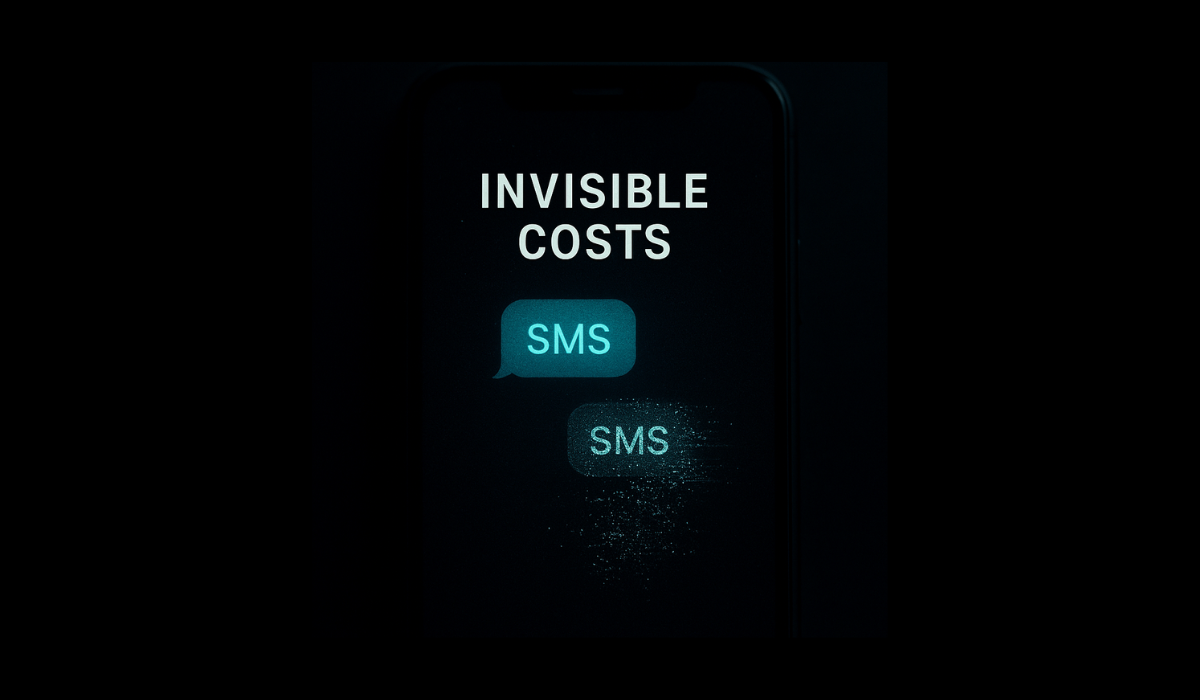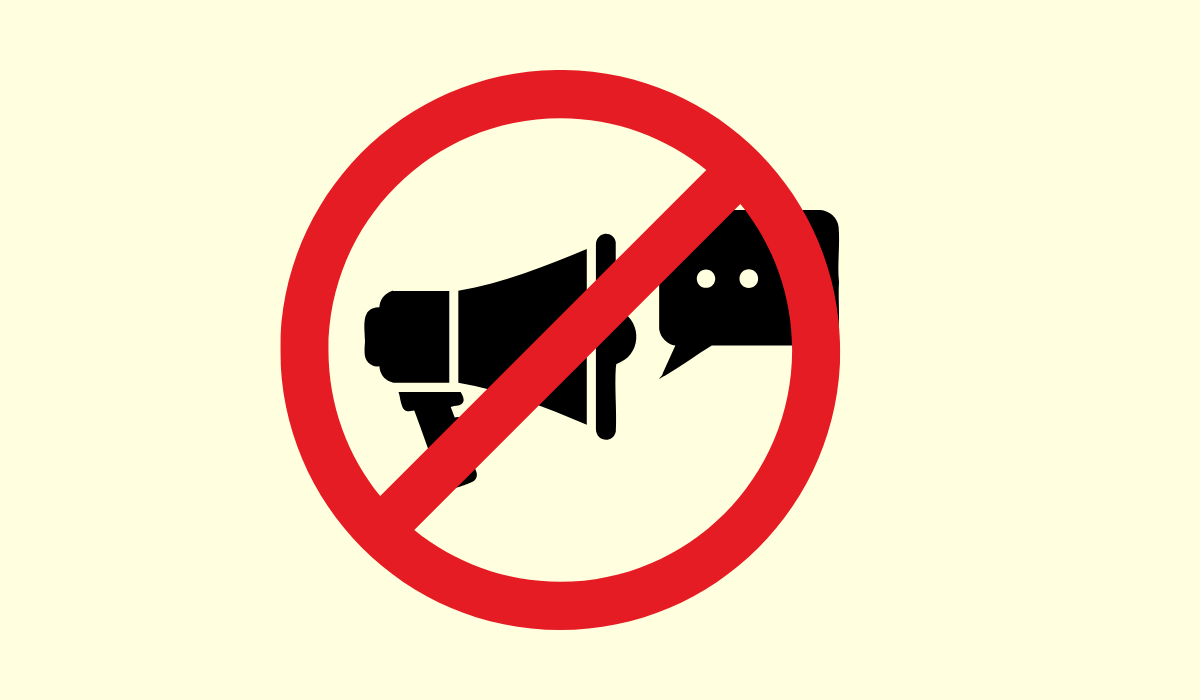Three months ago, your SMS campaigns hit 94% deliverability. Last month, 87%. This month, 81%.
Troubleshooting SMS Deliverability: Unraveling the Mystery of Undelivered Messages

Understanding SMS Deliverability
Before diving into the reasons behind undelivered messages, it is essential to understand the concept of SMS deliverability. SMS deliverability refers to the successful transmission and delivery of text messages to the intended recipients. Several factors can influence SMS deliverability, including technical issues, sender reputation, and mobile carrier restrictions.
Common Reasons for Undelivered Messages
There are several common reasons why your messages may not be delivering. One common issue is an incorrect phone number. Double-check that you have entered the recipient’s phone number correctly, as even a small typo can prevent the message from reaching its destination.
Another reason for undelivered messages is a poor network connection. If you are in an area with weak signal strength or experiencing network congestion, it can hinder the delivery of your messages. Additionally, if the recipient’s phone is turned off or out of service range, the message will not be delivered.
Technical Issues Causing Message Delivery Problems
A technical issue that can cause message delivery problems is a blocked sender. If the recipient has blocked your number or added it to their spam list, your messages will not be delivered. This often happens if the recipient considers your messages as unsolicited or spam.
Sender Reputation and Its Impact on Deliverability
Sender reputation plays a crucial role in SMS deliverability. Mobile carriers and service providers evaluate the reputation of senders to determine whether to deliver their messages or mark them as spam. Factors that can affect sender reputation include the number of complaints received, the frequency of messaging, and the content of the messages.
To maintain a good sender reputation, it is essential to adhere to best practices. This includes obtaining proper consent from recipients before sending messages, providing easy opt-out options, and avoiding sending messages to inactive or unengaged recipients.
Mobile Carrier Restrictions and Filtering
Mobile carriers often have their own restrictions and filtering mechanisms in place to protect their users from spam and unwanted messages. These restrictions can vary from carrier to carrier and may include limitations on the number of messages that can be sent within a specific time frame or restrictions on certain types of content.
To ensure your messages are not filtered or blocked by mobile carriers, it is crucial to comply with their guidelines and regulations. Familiarize yourself with the specific requirements of the carriers you are sending messages to and tailor your content accordingly.
Best Practices to Improve SMS Deliverability
To improve SMS deliverability and increase the chances of your messages reaching their intended recipients, there are several best practices to follow. Firstly, regularly clean your contact list by removing inactive or unengaged recipients using SubscriberVerify. This will help maintain a good sender reputation and prevent your messages from being marked as spam.
Secondly, personalize your messages whenever possible. Personalized messages have higher engagement rates and are less likely to be considered spam. Use the recipient’s name or reference their previous interactions to make the message more relevant and engaging.
Finally, ensure that your messages are concise, clear, and relevant. Avoid using excessive abbreviations or jargon that may confuse the recipient. Craft your messages in a way that conveys the necessary information without overwhelming the recipient with unnecessary details.
Monitoring and Tracking Undelivered Messages
Monitoring and tracking undelivered messages is essential to identify any patterns or recurring issues. Utilize analytics tools provided by your SMS service provider to keep track of delivery rates, bounce rates, and engagement metrics. This data will help you gain insights into the effectiveness of your messaging campaigns and identify areas for improvement.
If you notice a high number of undelivered messages, it may indicate an underlying issue that needs to be addressed. Investigate the reasons behind the undelivered messages and take appropriate measures to rectify the problem.
Troubleshooting Undelivered Messages
When faced with undelivered messages, troubleshooting is key to identify and resolve the issue. Start by checking the recipient’s phone number for accuracy and verifying that the message was sent from the correct sender ID. Ensure that your message content complies with the guidelines and regulations set by the mobile carriers.
If the issue persists, reach out to your SMS service provider for assistance. They can help investigate any technical issues or provide insights into the status of your messages. Additionally, consult online forums and communities to seek advice from fellow SMS senders who may have encountered similar issues.
Tools and Resources for Troubleshooting SMS Deliverability
Several tools and resources are available to assist in troubleshooting SMS deliverability issues. SMS service providers often offer comprehensive dashboards and analytics tools that provide insights into message delivery rates, bounce rates, and engagement metrics.
Apart from service provider tools, there are also third-party platforms and services that specialize in SMS deliverability monitoring and troubleshooting. These tools can help identify and resolve issues related to sender reputation, content filtering, and technical problems.
More Articles


SMS Marketing, SMS, sms carrier, tcpa
Why SMS Marketing Might Be Dead in 5 Years—If Carriers Keep This Up
For over a decade, SMS marketing has been the bedrock of mobile engagement. With open rates often cited above 95% and near-universal device compatibility, it seemed indestructible. Yet today, industry insiders are sounding the...

SMS, sms carrier, tcpa, tcpa restrictions
Are SMS Compliance Rules Silencing Free Speech in Marketing?
Few marketing channels are as tightly controlled — yet so widely used — as SMS. Behind every promotional text lies an invisible gauntlet of carrier rules, algorithmic filters, and registration barriers. Most recipients never...